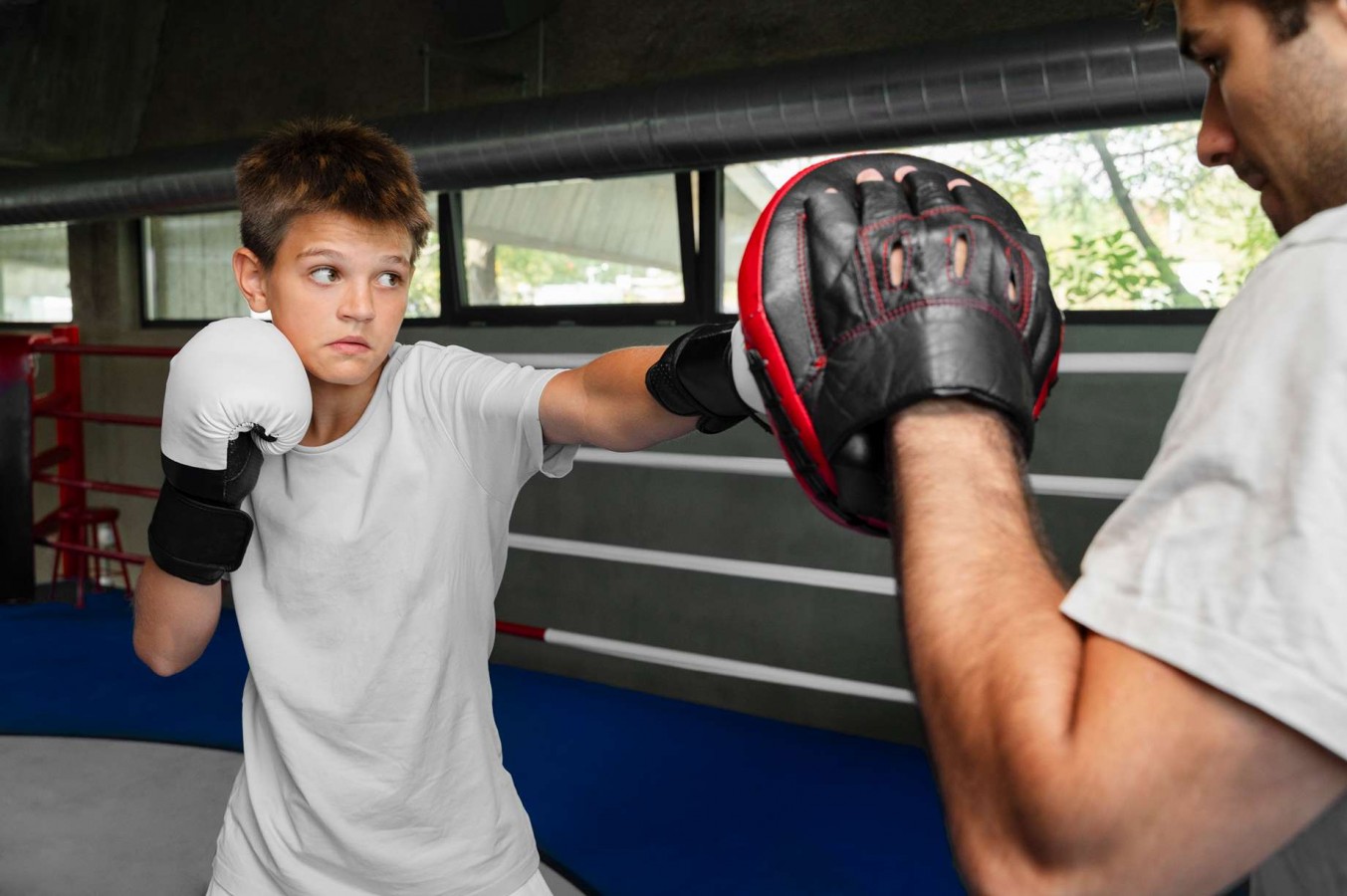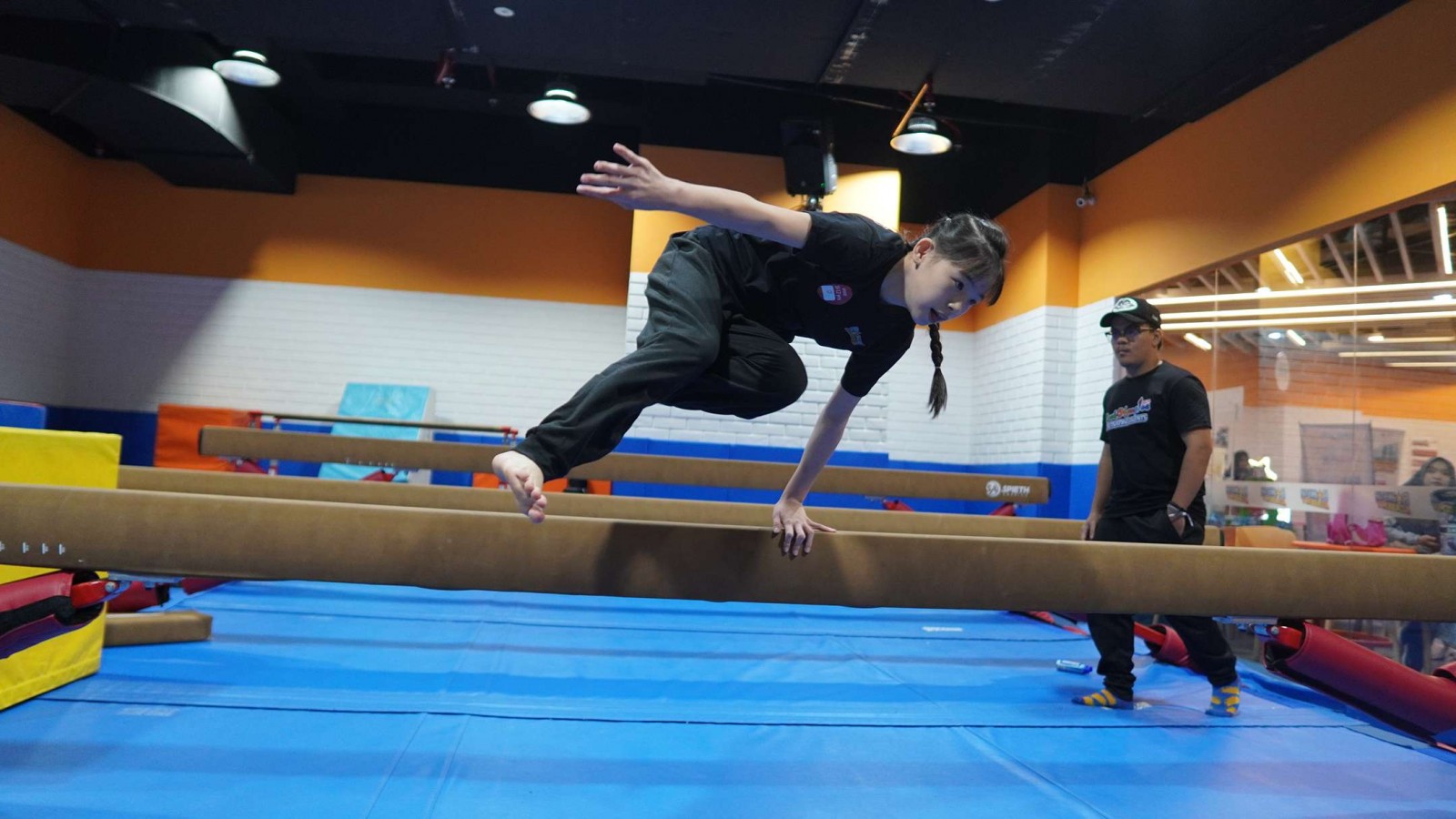What Is Mixed Martial Arts? Definition, History, Rules, and More

Mixed Martial Arts (MMA) has emerged as one of the most dynamic and captivating sports in the world, blending various combat disciplines into a seamless, intense spectacle.
This article delves into the definition of MMA, its intriguing history, the rules and regulations that govern the sport, the diverse sports that comprise MMA, and the numerous benefits associated with its practice.
Definition of Mixed Martial Arts
Mixed Martial Arts, commonly known as MMA, is a full-contact combat sport that incorporates a variety of fighting techniques from disciplines such as boxing, Muay Thai, Brazilian Jiu-Jitsu, wrestling, and others.
Unlike traditional martial arts, which focus on specific styles, MMA allows athletes to use both striking and grappling techniques, fostering a versatile and comprehensive approach to combat.
History of Mixed Martial Arts
The origins of combat sports trace back to antiquity, with evidence of various forms found in ancient China, where the martial art Leitai combined diverse Chinese martial arts.
In 648 BCE, the ancient Olympic Games featured a similar combat sport known as pankration, integrating wrestling and striking techniques—a reflection of Greek army combat training. Similar sports were also practiced in ancient Egypt, India, and Japan.
Throughout the 19th century, distinctive fighting styles emerged, laying the foundation for modern mixed martial arts (MMA). The mid-19th century witnessed the advent of savate, a French kickboxing style that pitted practitioners against bare-knuckle boxing and karate.
Catch wrestling gained popularity later in the century, blending various wrestling styles and challenging other forms like boxing and judo. In London, Edward William Barton-Wright founded Bartitsu at the century's close, a groundbreaking martial art fusing techniques from Western and Eastern combat styles, including boxing, catch wrestling, judo, jujutsu, savate, and French stick fighting.
In the early 20th century, Russian martial artists blended wrestling, judo, and striking to create Sambo. Worldwide, hybrid combat sports like Vale Tudo in Brazil emerged, heavily influenced by Brazilian Jiu-Jitsu and the Gracie family.
Brazilian Jiu-Jitsu's arrival in the United States in the late 20th century paved the way for the Ultimate Fighting Championship (UFC) in 1993. In its early days, the UFC faced criticism for fewer imposed rules, but the sport gradually evolved into a more regulated and safety-conscious form of full-contact combat.
Modern MMA incorporates a diverse range of fighting techniques derived from traditional martial arts, with regulations in place to ensure athlete safety by prohibiting techniques like groin strikes and eye gouges.
Rules and Regulations of Mixed Martial Arts
MMA has a set of rules designed to ensure fair competition and the safety of the participants. Some of the key rules include:
A. Weight Classes
Fighters are grouped into specific weight classes to ensure fair competition, with limits ranging from flyweight to heavyweight.
B. No Strikes to the Back of the Head
Strikes to the back of the head are strictly prohibited to prevent severe injuries.
C. No Eye Gouging or Biting
Actions such as eye gouging, biting, and groin strikes are considered fouls and can lead to disqualification.
D. Tap-Outs
Fighters can submit by tapping the mat or their opponent to signal surrender, typically when caught in a submission hold.
E. Referee Intervention
Referees play a crucial role in ensuring the safety of the fighters. They can stop a match if they believe a fighter is unable to defend themselves.
F. Gloves and Hand Wraps
Fighters wear padded gloves and hand wraps to protect their hands during striking exchanges.
Sports That Contribute to MMA
MMA is an amalgamation of various combat sports, each contributing its unique set of skills to the athlete's arsenal. The primary disciplines include:
1. Striking Arts
Boxing, Muay Thai, and kickboxing provide athletes with effective striking techniques, including punches, kicks, and knee strikes.
2. Grappling Arts
Brazilian Jiu-Jitsu and wrestling are essential for ground control, submissions, and takedowns.
3. Mixed Disciplines
Some fighters cross-train in multiple disciplines, creating a well-rounded skill set that covers both striking and grappling.
Benefits of Mixed Martial Arts
Mixed Martial Arts (MMA) offers a multitude of physical, mental, and holistic benefits, contributing to its widespread popularity. Here are some key advantages associated with practicing MMA:
1. Physical Fitness
MMA training involves intense cardiovascular workouts, enhancing overall endurance and stamina. The diverse range of techniques in MMA also promotes full-body strength and conditioning through activities like grappling, striking, and ground fighting.
Additionally, techniques such as stretching and dynamic movements improve flexibility, reducing the risk of injuries.
2. Skill Development
MMA combines various martial arts disciplines, fostering a well-rounded skill set that includes striking, grappling, submissions, and defensive techniques. It equips individuals with practical self-defense skills, teaching effective strategies for real-life situations.
3. Mental Toughness
Consistent training instills discipline and dedication, as progress in MMA requires commitment and effort. The fast-paced nature of MMA requires heightened focus and concentration which contributes to mental sharpness.
4. Weight Management
MMA workouts facilitate weight management through high-intensity training, aiding in fat loss and muscle development. Engaging in regular MMA training often encourages a healthier lifestyle, including proper nutrition and regular exercise.
5. Stress Relief
Physical activity in MMA triggers the release of endorphins, promoting a positive mood and reducing stress. The intense nature of MMA provides a constructive outlet for stress and pent-up energy.
6. Confidence Building
Progressing in MMA, whether through mastering techniques or achieving fitness goals, boosts confidence and self-esteem.
Interested in Mixed Martial Arts?
Mixed Martial Arts is a captivating and dynamic sport that has evolved from its early controversial days to become a regulated and respected form of competition. With its diverse disciplines and a range of benefits, MMA continues to attract participants and fans worldwide, solidifying its place in the global sports landscape.
As the sport evolves, the emphasis on safety, skill development, and inclusivity ensures that MMA remains accessible to individuals of all backgrounds and abilities. If you're considering enrolling your children in an MMA program, look no further than Rockstar Academy, the premier Sports & Performing Arts Academy.
Rockstar Academy provides the best MMA training program for children that consists of a wide range of Taekwondo Classes covering all the belts as well as Muay Thai & Poomsae.
Students will learn skills and techniques in line with International standard accompanied with opportunity to compete in RockOlympics and Taekwondo Testing. These opportunities not only allow students to compete but also push their limits and reap the rewards of their hard work.
To explore the world of MMA and its myriad benefits, take advantage of Rockstar Academy's free trial class. Contact them today to embark on a journey of growth, skill development, and unparalleled fun in the realm of Mixed Martial Arts!
FAQ
1. Is MMA safe?
MMA is relatively safe when practiced under proper supervision and adherence to rules. Organizations prioritize athlete safety, and advancements in training techniques and protective gear contribute to overall safety.
2. Do I need prior experience to practice MMA?
No, many MMA gyms welcome beginners. Trainers often tailor programs to accommodate individuals with varying levels of experience.
3. Are there age restrictions for MMA training?
Most gyms have programs for different age groups, ensuring that training is suitable for both children and adults. However, safety precautions are essential.
4. Can MMA be practiced recreationally?
Yes, many people practice MMA recreationally for fitness, self-defense, and enjoyment without pursuing professional competition.
5. What gear is required for MMA training?
Basic gear includes gloves, hand wraps, a mouthguard, and appropriate athletic attire. As training progresses, additional protective gear may be recommended.



